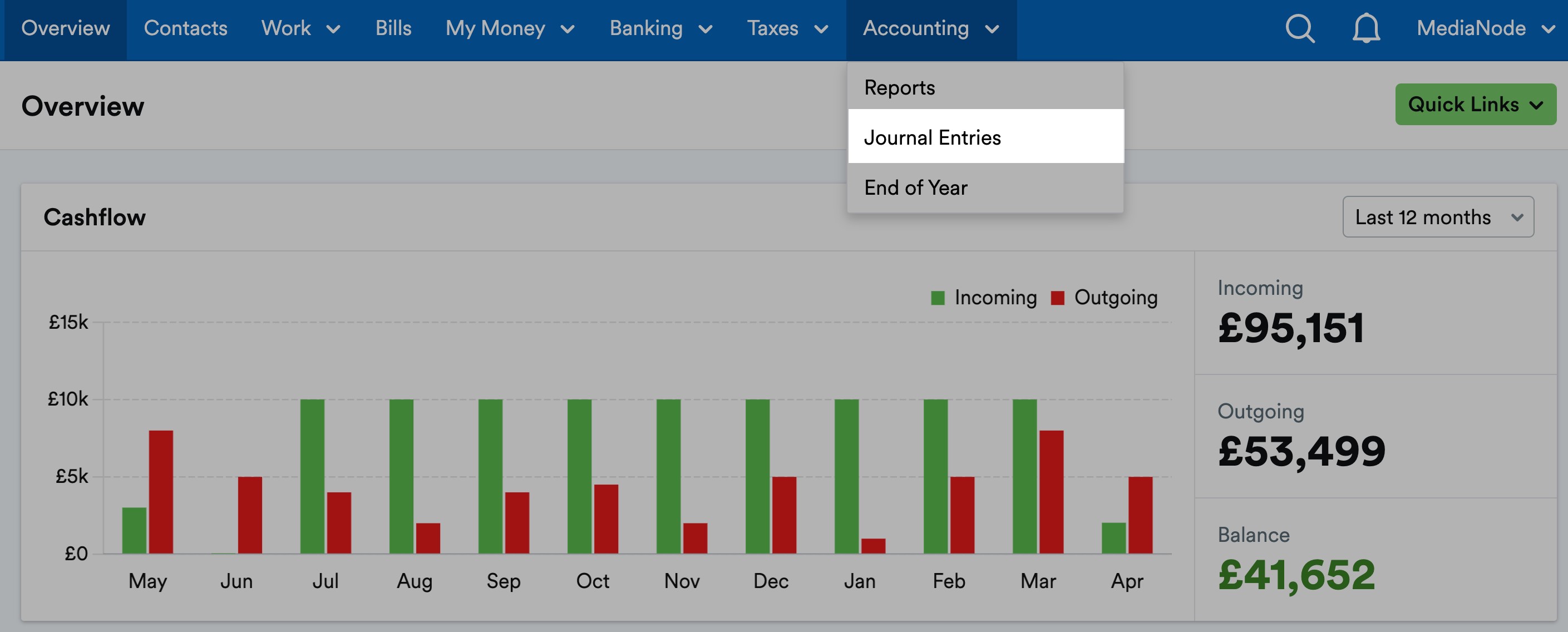

Finance
Why Doesn’t Google Distribute Dividends?
Published: January 3, 2024
Discover the answer to why Google does not distribute dividends in the world of finance. Uncover the reasons behind this decision by the tech giant.
(Many of the links in this article redirect to a specific reviewed product. Your purchase of these products through affiliate links helps to generate commission for LiveWell, at no extra cost. Learn more)
Table of Contents
Introduction
Google, one of the largest and most influential companies in the world, is known for its dominance in the technology and internet industries. From search engines to cloud computing, Google’s portfolio encompasses a wide range of products and services that have revolutionized the way we access information and connect with each other. However, one question that often arises among investors is why Google does not distribute dividends.
To understand the reasons behind Google’s decision, it is essential to grasp the concept of dividends and their significance in the financial world. Dividends refer to the distribution of a portion of a company’s earnings to its shareholders as a reward for holding their shares. Typically, companies distribute dividends in the form of cash or additional shares of stock.
When it comes to Google’s business model, the company primarily generates revenue from advertising through its popular search engine and other platforms. With a market capitalization of over $1 trillion, Google has consistently demonstrated its ability to generate significant profits. However, instead of sharing these profits with shareholders through dividends, Google chooses to reinvest the earnings back into the company or pursue alternative means of returning value.
So, why doesn’t Google distribute dividends? This article will delve into the reasons behind this decision and explore alternative ways in which Google utilizes its earnings to benefit its stakeholders and ensure long-term growth.
Understanding Dividends
Before diving into the reasons why Google doesn’t distribute dividends, it is crucial to have a clear understanding of what dividends are and their significance in the financial world.
Dividends can be seen as a portion of a company’s earnings that is distributed to its shareholders. They are a way for companies to share their profits with their investors in the form of cash or additional shares of stock. Dividends are typically declared and paid out on a regular basis, often quarterly, but this can vary depending on the company’s policies.
For shareholders, dividends serve as a reward for their investment in the company. They provide a steady stream of income, especially for those who rely on their investments to fund their expenses, such as retirees.
Dividends also play a crucial role in attracting and retaining investors. Companies that consistently and adequately distribute dividends are generally seen as financially stable and reliable. Dividend payments can also act as an indication of a company’s profitability and confidence in its future prospects.
However, it’s important to note that not all companies distribute dividends. Some companies, like Google, choose to retain their earnings and reinvest them back into the business, rather than sharing them with shareholders.
Now that we have a basic understanding of dividends, let’s explore why Google has made the decision not to distribute dividends and examine the rationale behind this strategy.
Google’s Business Model
Google’s business model revolves around providing various digital services and products to users around the world. The company primarily generates revenue from advertising, leveraging its dominant position in the online search engine industry. Through its flagship search engine and advertising platform, Google allows businesses to reach their target audience through targeted ads and sponsored listings.
Aside from its search engine, Google offers a wide range of products and services, such as Google Ads, Google Cloud, Google Maps, Google Drive, and YouTube. These services contribute to Google’s diversified revenue streams, making it one of the most influential and profitable companies in the technology sector.
Google is known for its relentless focus on innovation and staying at the forefront of technological advancements. The company invests heavily in research and development to develop new products, enhance existing ones, and explore emerging technologies. This strategy has allowed Google to consistently introduce groundbreaking products and services that shape the digital landscape.
Furthermore, Google’s business model revolves around providing free access to its platforms and services to users. The company generates revenue by displaying ads to users based on their search queries and online behavior. This approach has helped Google amass a vast user base and maintain its status as the most popular search engine worldwide.
Given the nature of Google’s business model and its focus on innovation and scalability, it positions itself as a growth-oriented company. This philosophy influences the company’s approach to capital allocation and the decision not to distribute dividends.
Next, we will explore the reasons behind Google’s choice to reinvest its earnings back into the company instead of distributing dividends to shareholders.
Reasons for not Distributing Dividends
Google has made a strategic decision not to distribute dividends to its shareholders. While dividend payments are a common practice for many companies, Google has chosen alternative approaches to allocate its earnings. Here are some key reasons why Google has opted against distributing dividends:
1. Focus on Growth and Innovation: Google prioritizes reinvesting its profits into research and development to drive continuous growth and innovation. By allocating resources towards developing new technologies, enhancing existing products, and exploring new ventures, Google aims to stay at the forefront of the rapidly evolving technology landscape. This approach allows the company to maintain its competitive edge and capture new market opportunities.
2. Tax Efficiency: Another reason why Google avoids distributing dividends is related to tax optimization. Generally, dividend payments are subject to taxes at both the corporate and individual shareholder levels. By retaining earnings and reinvesting them in the business, Google can defer taxes and potentially benefit from more tax-efficient strategies.
3. Reinvestment in the Company: Google believes that reinvesting its earnings can create more value for its shareholders in the long run. By retaining profits, the company can fund strategic initiatives, make acquisitions, expand into new markets, and enhance its infrastructure. This reinvestment allows Google to continuously improve its products and services, attract more users and advertisers, and ultimately drive higher revenues and profitability.
4. Stock Price Appreciation: Google recognizes that shareholders can benefit from the appreciation of the company’s stock price. Instead of distributing dividends, Google focuses on maintaining a strong financial position and generating sustainable growth. As the company achieves its strategic milestones and demonstrates its ability to create value, investors may see their wealth increase through capital gains from the rising stock price.
These factors combined highlight Google’s commitment to long-term value creation and its belief in the potential for higher returns through internal reinvestment and stock price appreciation. The company’s decision not to distribute dividends aligns with its growth-oriented business model and its dedication to maintaining a strong position in the technology industry.
Alternatives to Dividends
While Google has chosen not to distribute dividends, the company explores alternative ways to return value to its shareholders. These alternatives provide investors with opportunities to benefit from Google’s financial success and participate in its growth. Here are some common alternatives to dividends:
1. Share Buybacks: Share buybacks, also known as stock repurchases, involve a company buying back its own shares from the market. By reducing the number of outstanding shares, share buybacks can increase the value of the remaining shares. Google has occasionally engaged in share repurchase programs, demonstrating its commitment to enhancing shareholder value. Share buybacks can be an effective way for companies to utilize excess cash and signal confidence in the company’s prospects.
2. Capital Appreciation: Google’s focus on growth and innovation aims to drive the value of its stock over time. Shareholders can benefit from capital appreciation, which refers to the increase in a stock’s price. As Google continues to innovate, develop new products, and expand its market presence, the value of its stock may increase, allowing investors to realize returns when they sell their shares.
3. Stock Options and Equity Awards: Google offers stock options and equity awards to its employees as part of their compensation packages. These options and awards give employees the opportunity to become shareholders and benefit from the company’s growth. When employees exercise their stock options or sell their vested equity awards, they can realize financial gains based on the company’s performance.
4. Long-Term Incentive Plans: Google implements long-term incentive plans that align the interests of executives and employees with the company’s long-term success. These plans often include performance-based stock grants or deferred cash bonuses tied to specific financial or operational targets. By linking rewards to long-term performance, Google incentivizes its workforce to contribute to sustainable growth and value creation.
5. Strategic Investments and Acquisitions: Google actively seeks opportunities to make strategic investments and acquisitions. By acquiring innovative start-ups or investing in promising technologies, Google aims to enhance its product offerings and expand its market reach. These investments can create value for shareholders by driving future revenue growth and positioning Google in emerging markets.
While not distributing dividends, Google’s focus on these alternatives demonstrates its commitment to returning value to shareholders and allowing them to participate in the company’s success. These strategies align with Google’s growth-oriented approach and its dedication to maintaining a strong position in the competitive technology landscape.
Conclusion
In conclusion, Google’s decision not to distribute dividends is rooted in its commitment to growth and innovation. The company prioritizes reinvesting its earnings to fuel research and development, expand into new markets, and enhance its product offerings. By allocating resources towards these endeavors, Google aims to maintain its position as a global leader in technology and create long-term value for its shareholders.
Google also recognizes the tax efficiency of retaining earnings and reinvesting them into the business. By bypassing dividend payments, the company can optimize its tax strategy and potentially generate more favorable returns for its stakeholders.
Additionally, Google believes that reinvesting profits back into the company allows for strategic reinvestment, acquisitions, and infrastructure enhancements, leading to sustainable growth. This approach aligns with the company’s core philosophy and vision of constantly pushing the boundaries of innovation.
Moreover, Google emphasizes the potential benefits of stock price appreciation. As the company continues to innovate and achieve strategic milestones, investors can see their wealth increase through capital gains from the rising stock price. This potential for higher returns further supports Google’s decision not to distribute dividends.
While not distributing dividends, Google explores alternative approaches to return value to its shareholders. These include share buybacks, stock options, long-term incentive plans, and strategic investments and acquisitions. These alternatives provide avenues for investors to benefit from Google’s financial success and participation in its growth story.
In summary, Google’s choice not to distribute dividends reflects its growth-oriented mindset and focus on long-term value creation. Through its commitment to innovation, tax efficiency, strategic reinvestment, and stock price appreciation, Google ensures that it maximizes shareholder value and maintains its position at the forefront of the technology industry.














